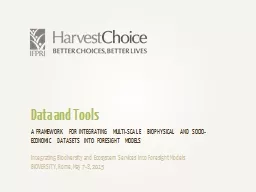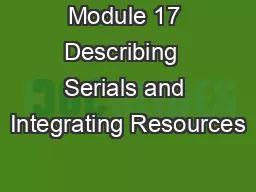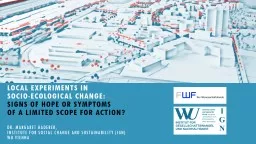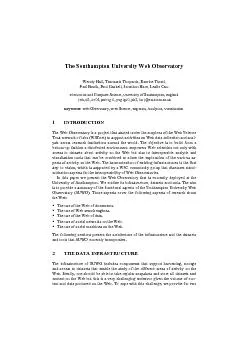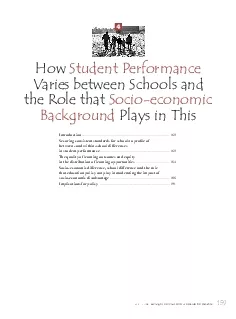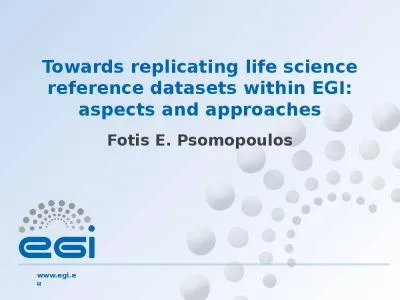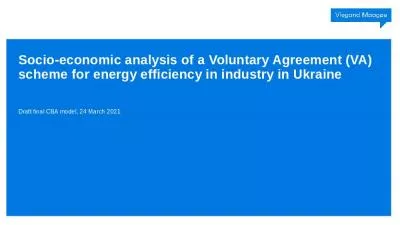PPT-Data and Tools A Framework for Integrating multi-scale Biophysical and Socio-economic
Author : test | Published Date : 2018-10-11
Integrating Biodiversity and Ecosystem Services into Foresight Models BIOVERSITY Rome May 78 2015 What We Do Research program coled by the International Food
Presentation Embed Code
Download Presentation
Download Presentation The PPT/PDF document "Data and Tools A Framework for Integrati..." is the property of its rightful owner. Permission is granted to download and print the materials on this website for personal, non-commercial use only, and to display it on your personal computer provided you do not modify the materials and that you retain all copyright notices contained in the materials. By downloading content from our website, you accept the terms of this agreement.
Data and Tools A Framework for Integrating multi-scale Biophysical and Socio-economic: Transcript
Download Rules Of Document
"Data and Tools A Framework for Integrating multi-scale Biophysical and Socio-economic"The content belongs to its owner. You may download and print it for personal use, without modification, and keep all copyright notices. By downloading, you agree to these terms.
Related Documents

